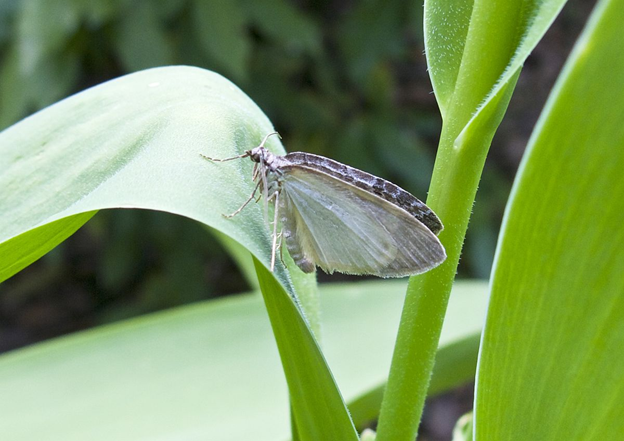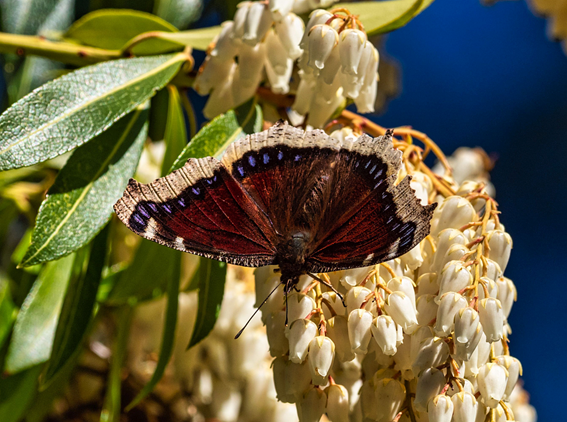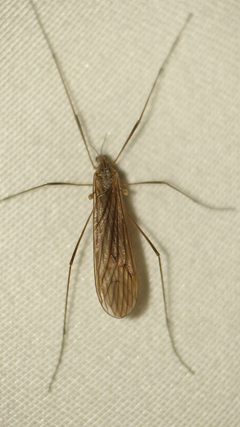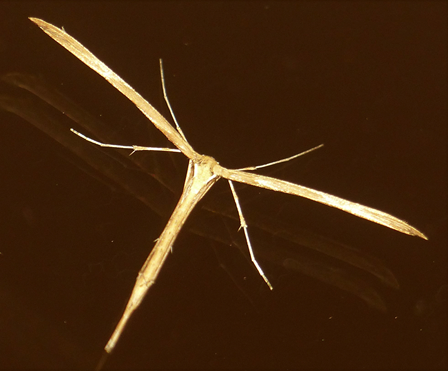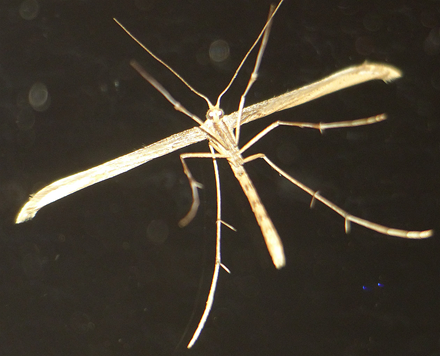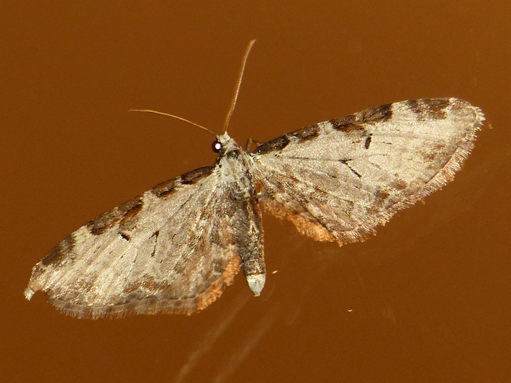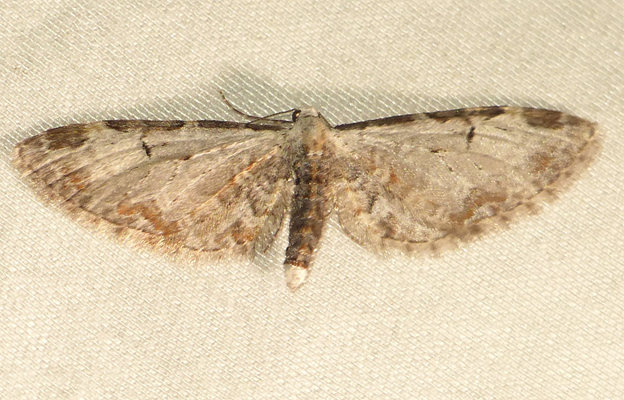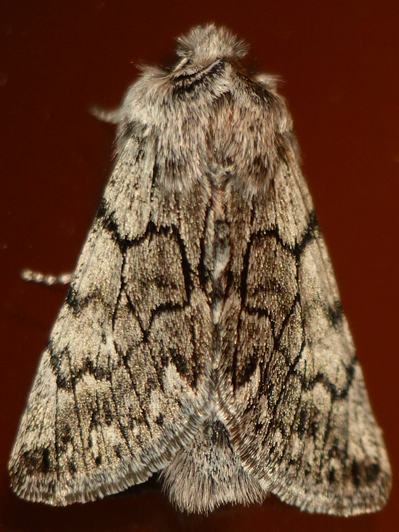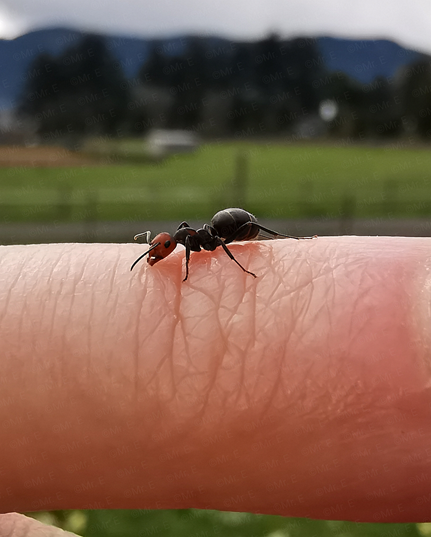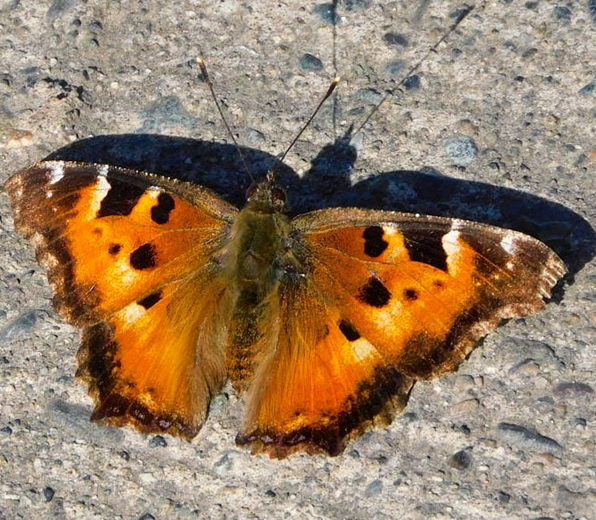2021 April 12
Although it has been sunny in the last few days, there has been a cold, cold wind – a bit too cold for most butterflies. Today, Jeremy Tatum caught a glimpse of a Cabbage White near Shelbourne Street and Cedar Hill Cross Road, and yesterday Marie O’Shaughnessy caught a glimpse of a Satyr Comma at Francis/King Park.

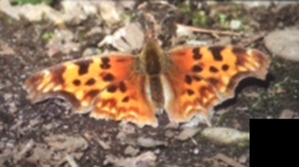
Satyr Comma Polygonia satyrus (Lep.: Nymphalidae)
Marie O’Shaughnessy

